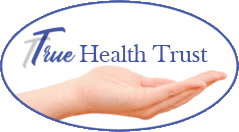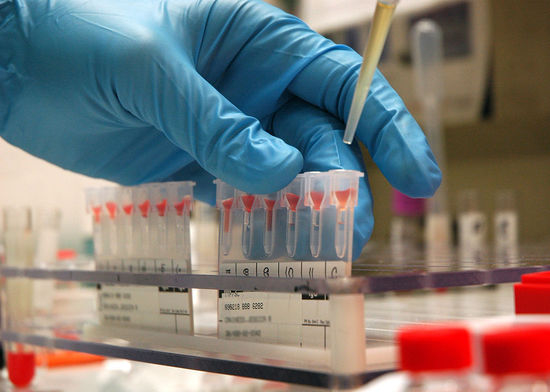Blood Groups and the History of People
Type O-People with type O blood fare best on intense physical exercise and animal proteins and less well on dairy products and grains, says Dr. D’Adamo. The leading reason for weight gain among Type O’s is the gluten found in wheat products and, to a lesser extent, lentils, corn, kidney beans, and cabbage, Dr. D’Adamo explains. Ideal exercises for Type O’s include aerobics, martial arts, contact sports, and running.
Type A-Those with blood type A, however, are more naturally suited to a vegetarian diet and foods that are fresh, pure, and organic. As Type A’s are predisposed to heart disease, cancer, and diabetes, “I can’t emphasize how critical this dietary adjustment can be to the sensitive immune system of Type A,” says Dr. D’Adamo. Type A’s can derive significant benefit from calming, centering exercise, such as yoga and tai chi.
Type B-Type B’s have a robust immune system and a tolerant digestive system and tend to resist many of the severe chronic degenerative illnesses, or at least survive them better than the other blood types. Type B’s do best with moderate physical exercise requiring mental balance, such as hiking, cycling, tennis, and swimming.
Type AB-Blood type AB, the most recent, in terms of evolution, of the four groups and an amalgam of types A and B, is the most biologically complex. For this group, a combination of the exercises for types A and B works best, says Dr. D’Adamo.
Blood type, with its digestive and immune specificity, is a window on a person’s probable susceptibility to or power over disease, according to Dr. D’Adamo. For example, Type O’s are the most likely to suffer from asthma, hay fever, and other allergies, while Type B’s have a high allergy threshold, and will react allergically only if they eat the wrong foods. Type B’s are also especially susceptible to autoimmune disorders, such as chronic fatigue, lupus, and multiple sclerosis. Type AB’s tend to have the fewest problems with allergies, while heart disease, cancer, and anemia are medical risks for them.
With arthritis, Type O’s, again, are the predominant sufferers because their immune systems are “environmentally intolerant,” especially to foods such as grains and potatoes which can produce inflammatory reactions in their joints, says Dr. D’Adamo. Types A and B are the most susceptible to diabetes, while types A and AB have an overall higher rate of cancer and poorer survival odds than the other types.
Lectins and Blood Type
A chemical reaction occurs between your blood and the foods you eat. This reaction is part of your genetic inheritance. It is amazing but true that today, in the twenty first century, your immune and digestive systems still maintain favoritism for foods that your blood type ancestors ate.
We know this because of a factor called lectins. Lectins, abundant and diverse proteins found in foods, have agglutinating properties that affect your blood and the lining of your digestive tract. Lectins are a powerful way for organisms in nature to attach themselves to other organisms in nature. Lots of germs, and even our own immune systems, use this super glue to their benefit. For example, cells in our liver’s bile ducts have lectins on their surfaces to help snatch up bacteria and parasites. Bacteria and other microbes have lectins on their surfaces as well, which work rather like suction cups, so that they can attach to the slippery mucosal linings of the body. Often the lectins used by viruses or bacteria can be blood type specific, making them a stickier pest for people of that blood type.
So, too, with the lectins in food. Simply put, when you eat a food containing protein lectins that are incompatible with your blood type antigen, the lectins target an organ or bodily system (kidneys, liver, gut, stomach, etc.) and can begin to interact with the tissues in that area.


